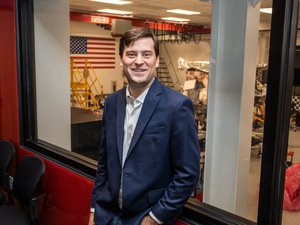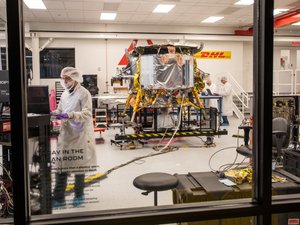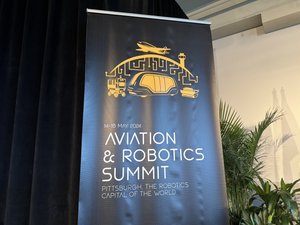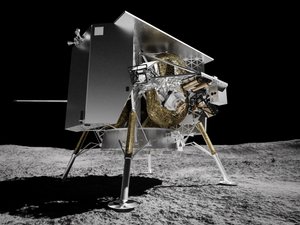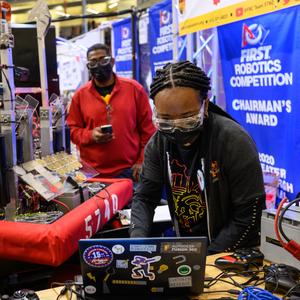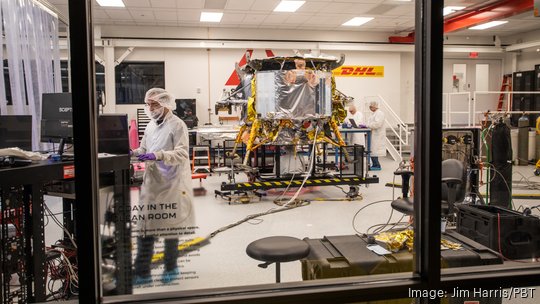
A formal review has confirmed what Astrobotic has said since its Peregrine lander failed to make it to the moon — that a propulsion failure caused the mission's failing.
More specifically, one of two pressure control valves, referred to in the report as PCV2, allowed helium to "flow uncontrollably into the oxidizer tank, causing a significant and rapid over pressurization of the tank," causing it to rupture. With a broken tank, the crew realized that the lander would be unable to make it to the moon and instead "shifted mission priorities to gathering propulsion system data for a mission investigation, providing on-board payloads power and communications to capture science data."
"Peregrine Mission One was the culmination of years of hard work, persistence and vision from a small but committed group of individuals who believed in our future in space," a portion of the report labeled as "a note from the team" reads. "While the mission did not turn out as we had planned, it was important step forward in designing, integrating, launching and operating robotic spacecraft that will make the moon a more accessible place in the future. ... In the spirit of increasing the likelihood of future mission success for all, we are publishing this Post-Peregrine report."
As part of the report, the review board, which consisted of "34 government, industry and in-house multidisciplinary subject matter experts," compiled a timeline of the events that led to the propulsion system failing. The timeline begins in 2019, when Astrobotic contracted a vendor to develop, build and test the propulsion feed system. Supply chain issues due to the Covid-19 pandemic caused issues that were "compromising to the mission's schedule," which led to the contract being terminated in early 2022.
At that point, Astrobotic had developed in-house propulsion systems for its still upcoming Griffin Mission One, "which enabled completion of Peregrine's propulsion system." But later that year, as the team began assembling the propulsion system Astrobotic "began encountering issues during testing with the original vendor's propulsion components" that were in "in particular PCV's used to control helium pressure."
So in August of 2022, the team switched to a different PCV supplier, which supplied the ones used in the final lander. During testing, "PCV1 encountered leaks, while PCV2 did not." After PCV1 was repaired, the team knew that PCV2 "was still carried as a risk because of the repairs that PCV1 required," but this risk was "categorized as low because of a successful acceptance test campaign." The company also decided against repairs and further testing because it would have necessitated the lander to be disassembled, something that would have been costly and possibly damaging to sensible components.
But the valve wasn't the only anomaly. The report found that the "Peregrince spacecraft experienced 24 total in-flight anomalies."
"Eight of these were mission critical and potentially mission-ending, all of which were resolved in real-time during flight by the company's Mission Control team," the report reads. "Five non-mission-critical in-flight anomalies were deemed minor and analyzed post-flight with corrective and preventative actions being implemented for future missions."
But the report also notes that the flight demonstrated several successful subsystems, including the power, comms system, computer and thermal and power controllers, all of which showed "full mission functionality verified during 10 days in cislunar space."
